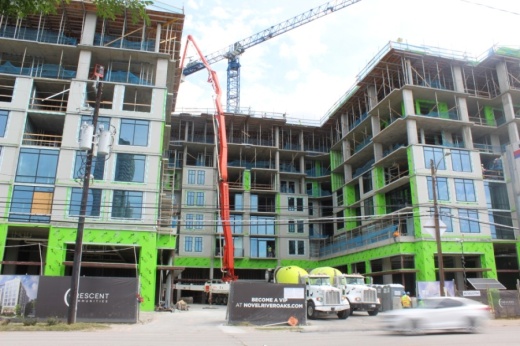Unlike the single-family home market, which has had three months of strong sales growth and declining inventory, Houston apartments remain in a weakened position, due in large part to overall uncertainty in the job market and a surge of new construction adding supply, said Bruce McClenny, president of ApartmentData.com.
"Real estate markets really depend upon job growth to grow," he said.
Overall average rent dropped by $5 in August, bringing the overall average across all units to $1,044, its lowest level since May 2019. That means the market is starting from a low position as it heads into a what is usually a sluggish fall and winter, McClenny said.
The drops are even more precipitous for high-end Class A properties, where the average rent for August was $1,463, its lowest in over two years. Occupancy rates are down to around 80% for Class A, as compared to around 90% for the market overall, partly because so many new units have become available.
"We have so much new product, you know—we delivered 20,000-22,000 units in the last 12 months, and the timing of that just couldn't be worse," McClenny said.
Sharp rent declines were found in the Inner Loop areas, particularly downtown.
Absorption, the difference between the number of move-ins and move-outs, is showing positive signs overall, but among Class C and D properties, which typically serve as workforce housing, it has been in negative territory several times since March, suggesting a greater trend toward move-outs.
Bright spots of growth in the marketplace are in Houston's outlying areas, such as Sugar Land-Missouri City, Lake Houston-Kingwood, and Clear Lake-Webster, all of which are showing increasing rents in the past three months, the data show.





